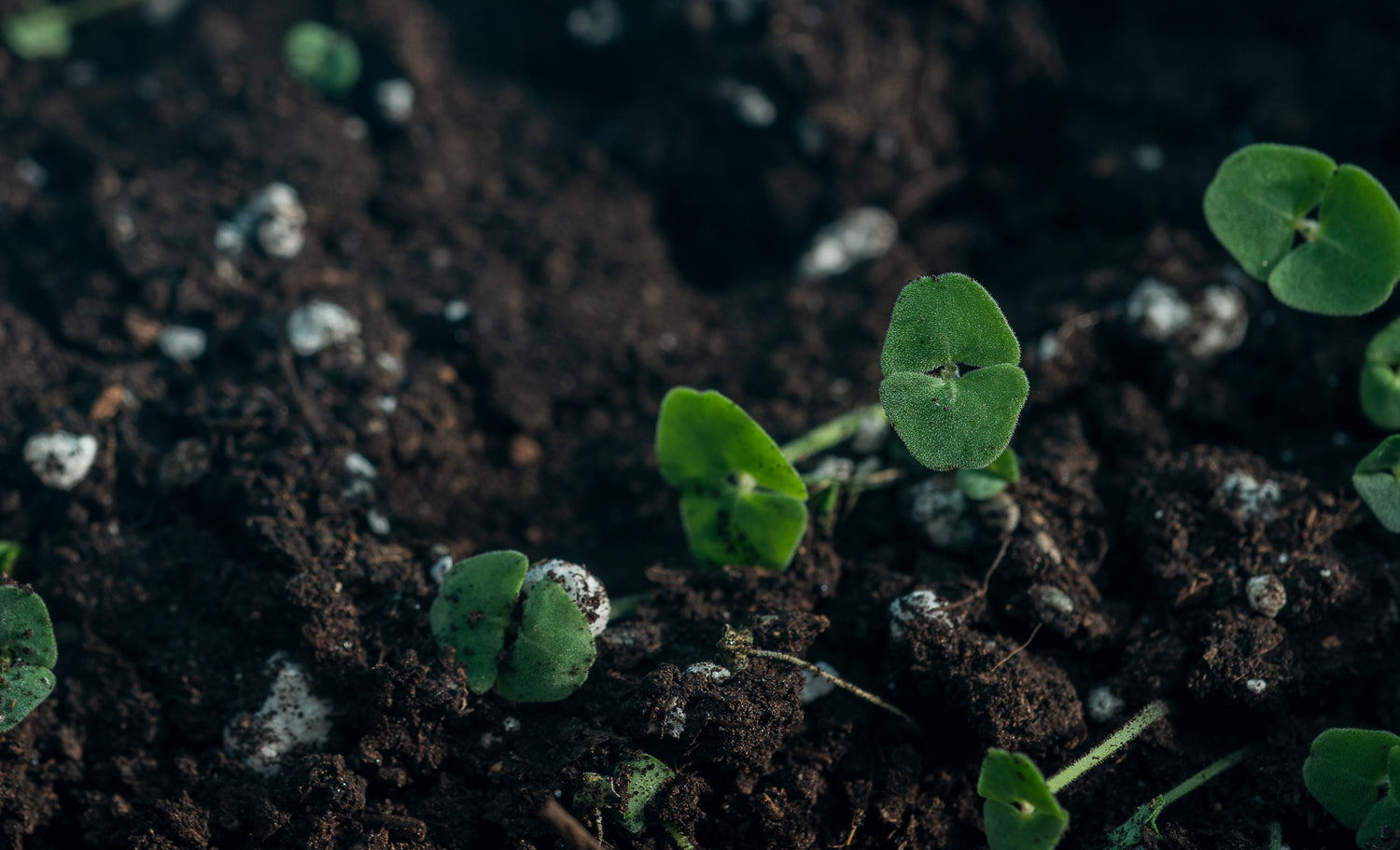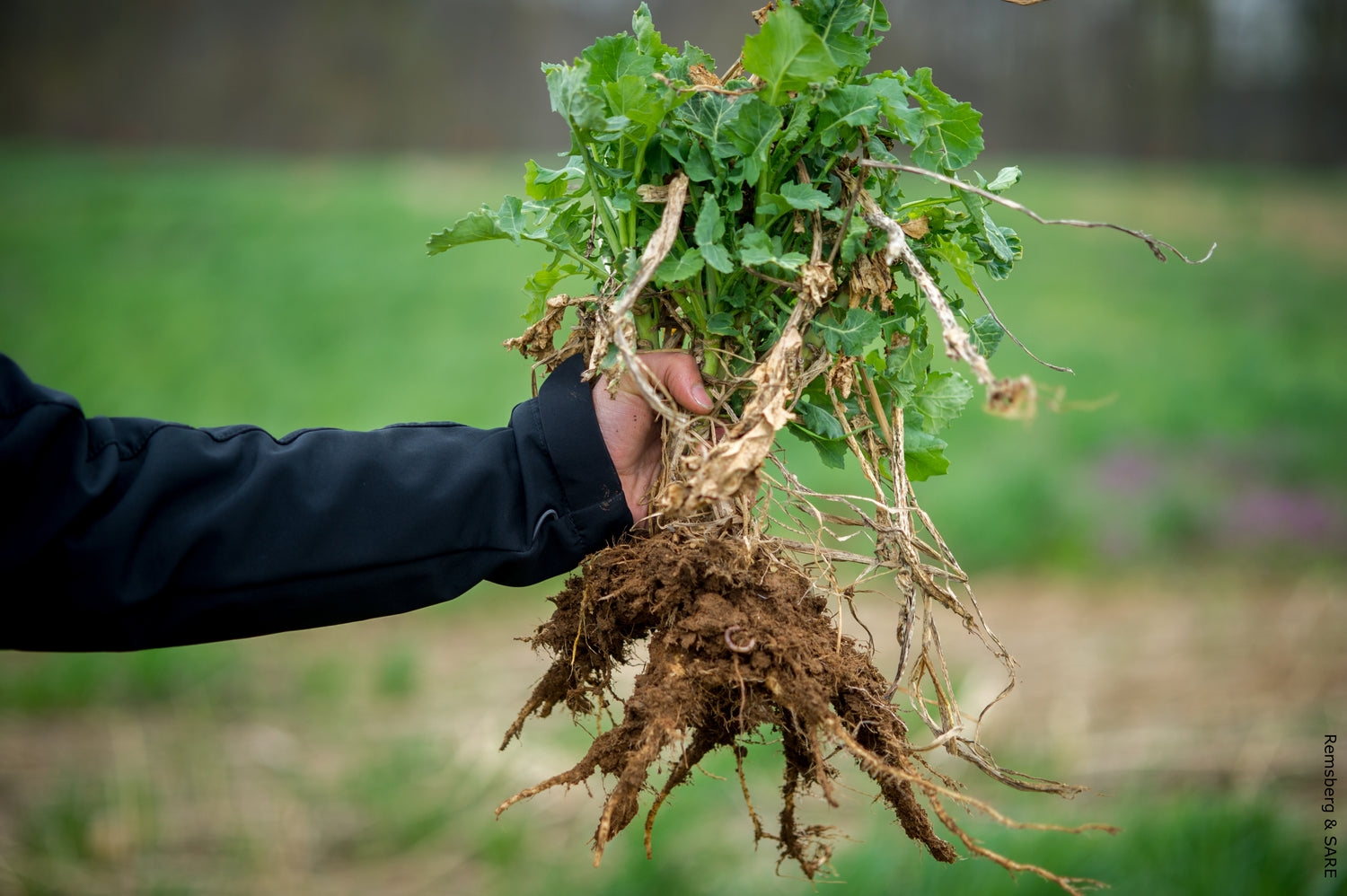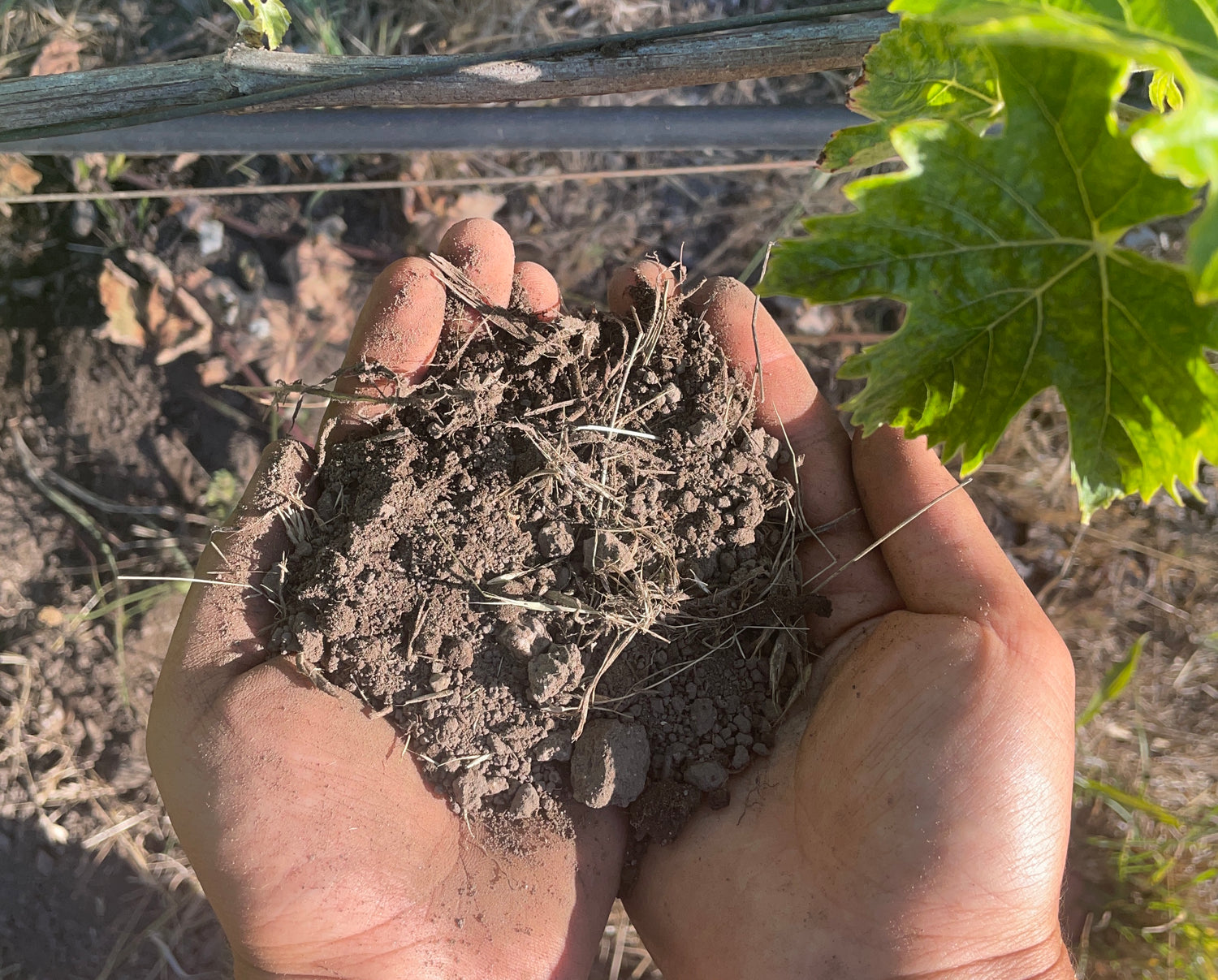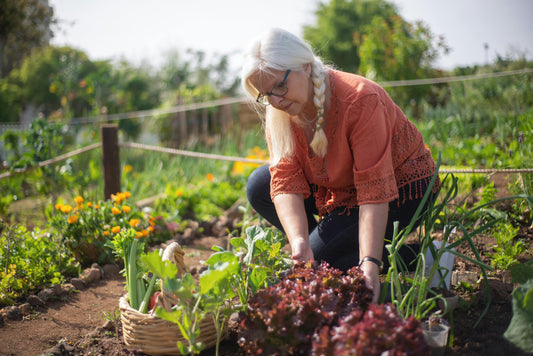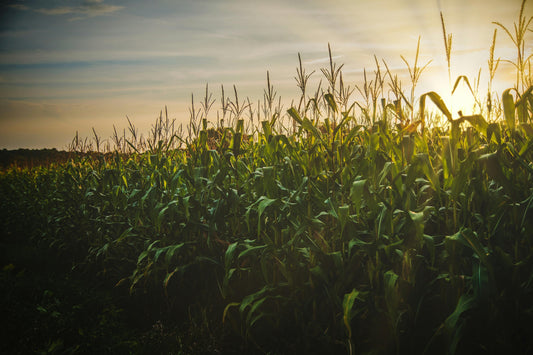Located in New York’s Hudson Valley, Westchester County is renowned for its rolling hills, lush forests, and scenic river valleys. Beneath this picturesque landscape lies a diverse array of soil types that sustain the county’s ecosystems, agriculture, and urban development. This guide provides an in-depth exploration of Westchester’s soils, covering their geological origins, formation processes, ecological significance, and conservation strategies, offering valuable insights for farmers, landowners, and environmental enthusiasts.
Geological Foundations of Westchester Soils
The diversity of Westchester County’s soils is rooted in its geological history, spanning millions of years. The region’s bedrock, primarily sedimentary rocks such as shale, sandstone, and limestone, formed during the Paleozoic era, approximately 541 to 252 million years ago. These rocks serve as the mineral foundation for soil development. During the last Ice Age, around 20,000 years ago, glaciers reshaped the landscape, depositing glacial till, gravel, sand, and clay across the county. These deposits contribute to 60% of Westchester’s soil parent material, creating varied textures and fertility levels, according to the U.S. Geological Survey (2024).
Westchester’s topography, ranging from sea level along the Hudson River to over 1,000 feet in the northern hills, further shapes soil distribution. Lowland areas near rivers accumulate fine sediments, fostering organic-rich soils, while upland regions feature coarser, well-drained soils. This geological and topographical diversity forms the basis for Westchester’s complex soil mosaic, supporting a range of land uses from farming to conservation.
How Soils Form in Westchester County
Soil formation is a dynamic process influenced by five key factors. In Westchester, these factors interact to create distinct soil profiles:
-
Parent Material: Weathered bedrock and glacial deposits supply mineral content.
-
Climate: Annual rainfall of 45–50 inches and average temperatures of 50–55°F drive weathering processes.
-
Topography: Sloped terrains encourage erosion, while flat valleys retain moisture.
-
Organisms: Plants, microbes, and animals contribute organic matter and improve soil structure.
-
Time: Thousands of years allow soils to develop mature horizons.
Physical weathering, such as freeze-thaw cycles, breaks down bedrock into finer particles, while chemical reactions dissolve minerals. Biological activity, including root penetration and microbial decomposition, enriches soils with organic matter. Over millennia, these processes have produced soils tailored to Westchester’s landscapes, from fertile agricultural fields to biodiverse wetlands, ensuring resilience across diverse environmental conditions.
Major Soil Types in Westchester County
Westchester’s soils are classified into four primary types, each with unique characteristics, locations, and applications. The table below, derived from the USDA Natural Resources Conservation Service Soil Survey (2024), summarizes their properties.
|
Soil Type |
Characteristics |
Primary Locations |
Uses |
|---|---|---|---|
|
Hapludalfs (Alfisols) |
Clay-rich subsoil, high fertility, water-retentive |
Central and southern county |
Agriculture, forestry |
|
Inceptisols |
Young, sandy or loamy, well-drained |
Uplands, river valleys |
Mixed land use |
|
Spodosols |
Acidic, organic matter, iron/aluminum oxides |
Northern and western forests |
Forestry, conservation |
|
Histosols |
Organic, waterlogged, carbon-rich |
Wetlands, Hudson River marshes |
Wetland ecosystems, carbon sequestration |
Hapludalfs (Alfisols)
Hapludalfs, also known as Alfisols, cover approximately 40% of Westchester’s land, making them the most prevalent soil type. Forming in areas with 45–50 inches of annual rainfall and moderate temperatures, these soils feature a clay-rich subsoil that enhances fertility and water retention. This makes them ideal for agriculture and forestry. Farms in central Westchester, producing crops like corn, apples, and vegetables, rely on Hapludalfs, contributing $50 million annually to the local economy, according to the Westchester County Agriculture Report (2024).
Inceptisols
Inceptisols are young soils with minimal horizon development, found in areas with recent geological activity or ongoing soil formation. Covering 30% of the county, these sandy or loamy soils are well-drained and versatile, supporting residential development, small-scale farming, and recreational spaces in uplands and river valleys.
Spodosols
Spodosols are acidic soils characterized by a subsurface accumulation of organic matter and iron or aluminum oxides. They form under coniferous forests in northern and western Westchester, where acidic parent material and high precipitation dominate. Covering 15% of the county, Spodosols support ecosystems with species like white pine and hemlock, primarily used for forestry and conservation purposes.
Histosols
Histosols, or organic soils, develop in waterlogged environments such as marshes, swamps, and peatlands along the Hudson River and its tributaries. Covering 10% of Westchester’s land, these soils store up to 20 tons of carbon per acre and support 30% of the county’s native plant species, as reported by the New York State Department of Environmental Conservation (2024). Histosols are critical for wetland ecosystems and climate change mitigation.
Ecological and Economic Importance
Westchester’s soils underpin critical environmental and economic functions:
-
Ecosystem Support: Histosols in wetlands foster biodiversity, hosting species like red maple, spotted turtle, and great blue heron, while filtering water for the Hudson River watershed.
-
Agriculture: Hapludalfs and Inceptisols sustain 5,000 acres of farmland, generating $50 million annually from apples (25% of production), vegetables (30%), and nursery plants (20%).
-
Carbon Sequestration: Histosols and Spodosols sequester 100,000 tons of carbon yearly, equivalent to offsetting emissions from 20,000 cars, per EPA Carbon Sequestration Data (2024).
-
Urban Development: Well-drained Inceptisols support infrastructure in growing areas like White Plains and Yonkers, balancing development with soil health preservation.
These roles emphasize the need for sustainable soil management to ensure long-term ecological and economic benefits.
Soil Challenges in 2025
Westchester’s soils face significant threats, intensified by urbanization, climate change, and land use changes:
-
Erosion: Affects 15% of agricultural land due to heavy rainfall (up 10% since 2000) and steep slopes, as noted in the USDA NRCS Soil Health Report (2024).
-
Compaction: Urban development compacts 20% of soils in developed areas, reducing porosity and hindering root growth.
-
Pollution: Runoff from roads and industrial sites introduces heavy metals, detected in 10% of tested soils, per the EPA Soil Contamination Report (2024).
-
Organic Matter Loss: Intensive farming depletes soil carbon by 1–2% annually, weakening structure and fertility.
-
Climate Change: Increased rainfall and temperature fluctuations elevate erosion risks, projected to rise 5% by 2030, according to NOAA Climate Projections (2024).
Addressing these challenges requires targeted conservation efforts to maintain soil health and resilience.
Conservation Efforts for Soil Health
Westchester County implements innovative strategies to protect and restore its soils, aligning with national sustainability objectives:
Erosion Control
The Westchester County Soil and Water Conservation District (2025) promotes vegetative buffers, contour farming, and erosion control structures. These measures have reduced erosion by 25% on 2,000 acres of farmland since 2020. Riparian buffers, planted along 50 miles of streams, prevent sedimentation in water bodies, improving water quality.
Soil Health Monitoring
Soil testing programs, provided by Cornell Cooperative Extension, analyze fertility, nutrient levels, and contaminants for 1,500 farmers and residents annually. These initiatives optimize fertilizer use, boosting crop yields by 10–15% and reducing nutrient runoff by 20%. Digital soil health dashboards provide real-time data to enhance decision-making.
Wetland Restoration
Since 2020, wetland restoration projects have rehabilitated 50 acres of degraded wetlands, focusing on hydrological reconnection and invasive species control. Supported by the Hudson River Estuary Program (2024), these efforts improve Histosol health and increase native species populations by 15%.
Urban Soil Management
Green infrastructure, such as permeable pavements and rain gardens, mitigates compaction and pollution in urban areas. Yonkers and New Rochelle have implemented 100 rain gardens, reducing runoff by 30%, according to the Westchester County Planning Department (2024).
Education and Outreach
Community workshops, hosted by Cornell Cooperative Extension, educate 2,000 residents annually on sustainable gardening and soil conservation. Practices like cover cropping and organic amendments increase soil organic matter by 5% over five years, enhancing long-term soil health.
Internal Link: Learn more about Hudson Valley conservation initiatives to protect soils and ecosystems.
FAQs About Westchester County Soils
What are the main soil types in Westchester County?
Hapludalfs (Alfisols), Inceptisols, Spodosols, and Histosols are the primary types, supporting farmlands, forests, and wetlands.
How do soils support agriculture in Westchester?
Fertile Hapludalfs and Inceptisols enable $50 million in annual revenue from crops like apples, corn, and vegetables.
What causes soil erosion in Westchester County?
Heavy rainfall, steep slopes, and land disturbance impact 15% of farmland, increasing sedimentation risks.
Why are wetlands critical to Westchester’s soils?
Histosols in wetlands store carbon, filter water, and support 30% of native plant species, enhancing environmental resilience.
What conservation strategies protect Westchester soils?
Erosion control, soil testing, wetland restoration, and green infrastructure promote sustainable soil management.
How can I test my soil in Westchester County?
Cornell Cooperative Extension offers soil testing services for fertility and contaminant analysis.
Are Westchester soils affected by climate change?
Yes, increased rainfall and temperature shifts raise erosion and nutrient loss risks, projected to worsen by 2030.
What role do soils play in carbon sequestration?
Histosols and Spodosols store 100,000 tons of carbon annually, offsetting emissions from 20,000 cars.
Resources for Further Exploration
USDA NRCS Soil Survey: Provides detailed soil maps and data for Westchester, ideal for landowners and researchers.
Cornell Cooperative Extension: Offers soil testing, agricultural advice, and workshops for 1,500 farmers annually.
Westchester County Soil and Water Conservation District: Shares erosion control and soil health strategies, updated for 2025.
USGS Geology of Westchester County: Explores the geological history shaping soils, with 2024 data.
Hudson River Estuary Program: Details wetland restoration efforts for Histosol preservation.
EPA Soil Contamination Report (2024): Analyzes pollution impacts on soils, relevant for urban planning.
NOAA Climate Projections (2024): Provides climate change data affecting soil health.
Conclusion
Westchester County’s soils—Hapludalfs, Inceptisols, Spodosols, and Histosols—are vital to its ecosystems, agriculture, and economy. They support $50 million in agricultural revenue, sequester 100,000 tons of carbon annually, and sustain 30% of native biodiversity. Despite challenges like erosion, pollution, and climate change, conservation efforts such as erosion control, soil testing, and wetland restoration ensure their resilience. By leveraging resources like soil testing and community education, residents can contribute to sustainable land management, preserving Westchester’s soil legacy for 2025 and beyond.







